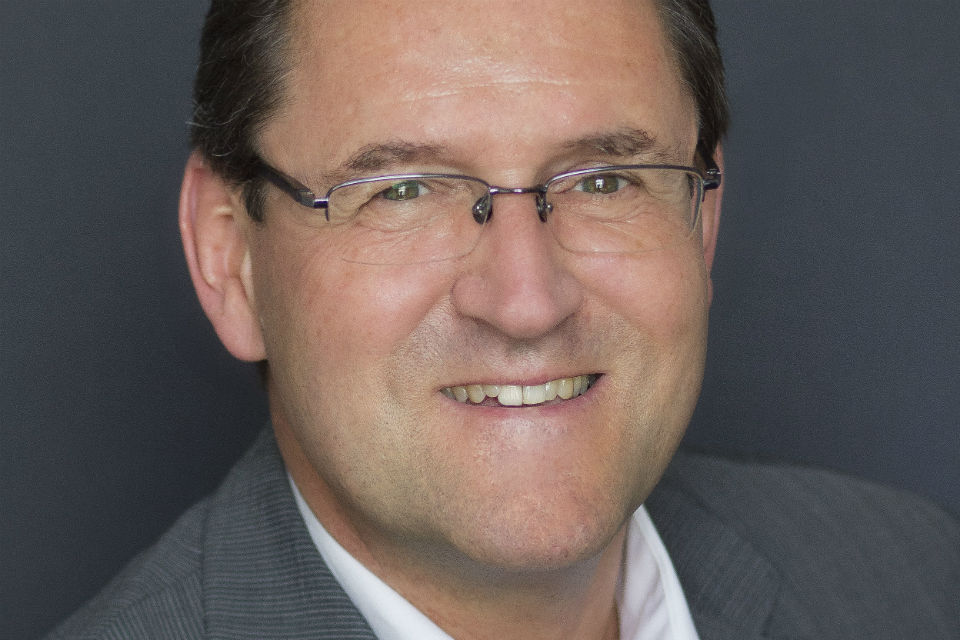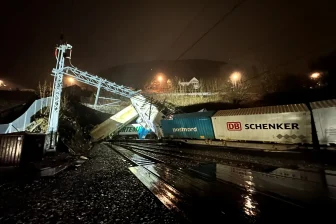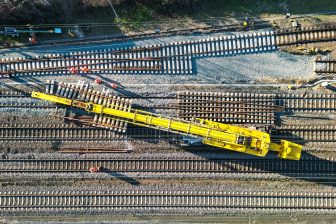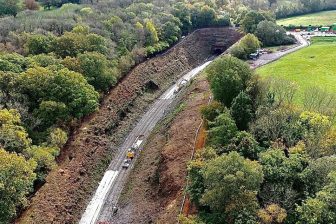
EU financing could speed up trend change to track damage by trains
EU financing could speed up the change to lowering the track damage caused by running trains, says Bombardier’s Vice President of Research and Development Richard Schneider of Bombardier. “As railway vehicles can operate for more than 30 years, the consequences of today’s decisions will last for 40 years at least.”
Schneider will give a presentation on 12 April at the Track Access Charges Summit on 12 April in Bern. New European legislation makes it possible to add technical parameters such as speed, axle load, and track radius in charging schemes. One of the topics which will be addressed at the conference in Bern is the introduction of a very accurate and advanced model to calculate track access charges in 2017 by the Bern conference’s host Swiss infrastructure manager SBB.
What does this new legislation mean for the train manufacturers?
The new legislation is expected to foster new developments and, particularly, the introduction to the market of existing technologies, that have not yet been economically viable so far for the operators.
What does the implementation of the TAC’s by the Swiss mean for the train manufacturers?
The new TAC model in Switzerland is generally welcome, as it offers a new and additional factor for differentiation between competitors. However, achieving an acceptable cost-benefit ratio for the customer will provide a real challenge.
What do the train manufacturers have to take into account in the construction of new trains?
Due to the high development costs of new technologies, or even only modifications, the realization of new solutions will follow an iterative process with many small steps. A strategic long term planning for the right solutions will, therefore, be key to the success of suitable products.
What technologies already exist to decrease the wear of the track by running trains?
Many different technologies exist, from purely passive up to fully active solutions. The major part of the wear dependent cost factor can be reduced by systems that can radially steer the axles in curves. Passive systems, such as hydraulic axle guidance bushes with variable stiffness, or the fully active ARS system (Active Radial Steering) are available. In addition, the weight of the vehicle and the wheelset are again becoming of increasing importance again. Bogies with inboard bearings and fully suspended drives et cetera are also proven technologies which reduce these masses. However, just reducing the axle distance already delivers a good impact, almost for free.
What does it mean for the train procurement?
In classical evaluation processes, the impact of this cost factor, unfortunately, becomes almost insignificant. The evaluation method should further be developed, that the TAC cost factor will be adequately represented to order to allow for a differentiation of products offered.
Do you think that the EU should co-finance in train procurement?
EU financing could significantly expedite the development and market introduction of sustainable solutions. Without third party financing support, it might take another 10 years or more, until the trend change in track damage becomes a reality. As railway vehicles can operate for more than 30 years, the consequences of today’s decisions will last 40 years at least. Speeding up it actually happening by funding is therefore strongly recommended.
What do you think of SBB’s approach?
I think the SBB approach is one of the best models available today. It is based on the experience and measurement of most available solutions and is, therefore, more appropriate than other systems. In addition, it forms a good balance between scientific and pragmatic approaches; that should lead the model to become successful.
Do you think that other member states can learn from SBB’s approach?
Yes, definitely. As one can expect that the cost areas are the same for other members, the model can be calibrated to any other infrastructure and is, therefore, very flexible. From a producers point of view, it would also generate synergies and would help in reducing the vehicle costs, if the market potential rises.
Find more information about the Track Access Summit here:
http://tacsummit2016.com/



